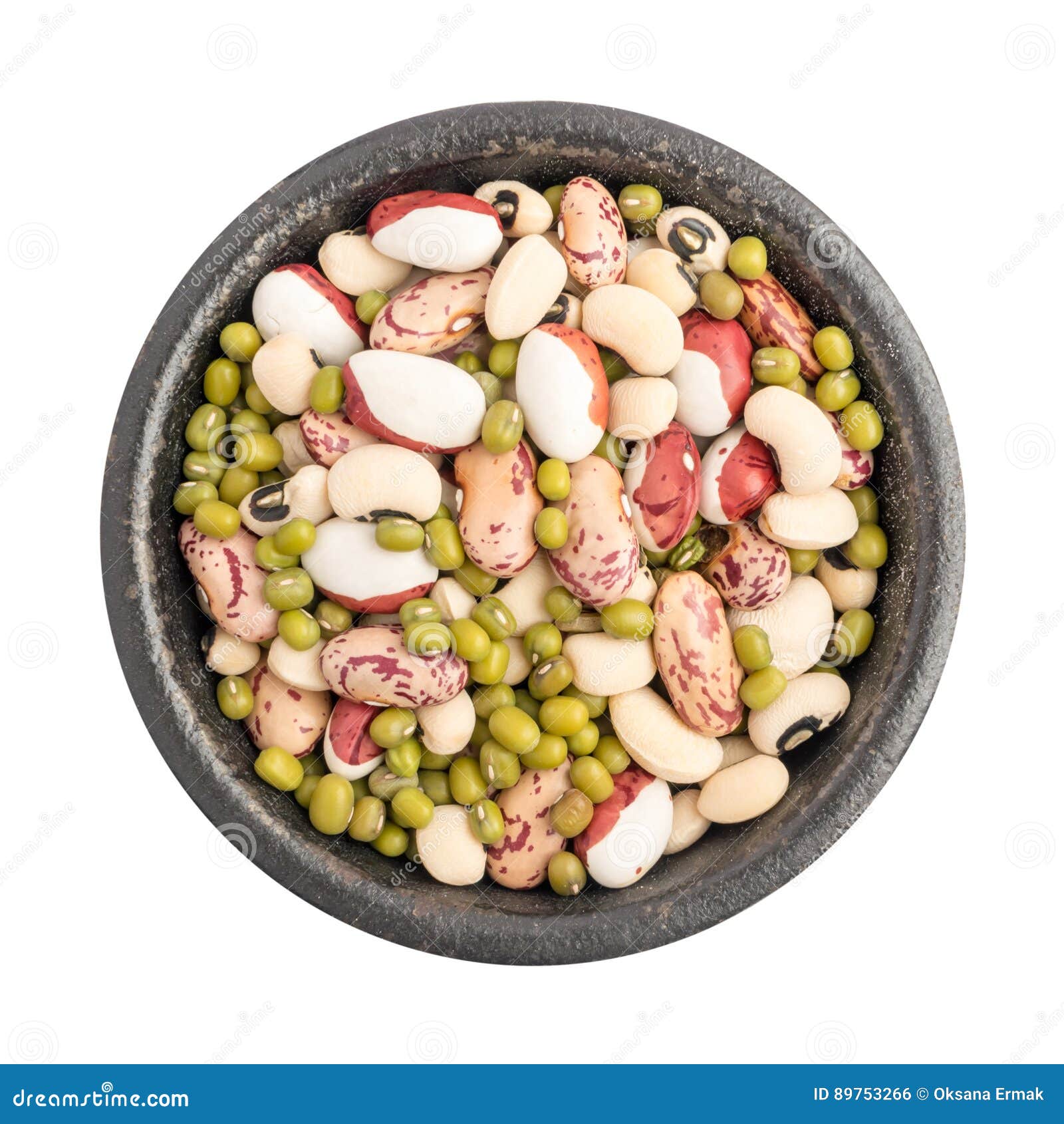

Flavor Profileĭespite belonging to the same family, black beans and pinto beans have a slightly distinct flavor profile. However, pinto beans turn completely brown when cooked, as a lot of the dark brown pigments disappear. Pinto beans are light brown but are covered in shades of dark brown.

What sets them apart, however, is their color profile.īlack beans are completely black and remain that way even when cooked. AppearanceĪs you may have noticed, black beans and pinto beans are aesthetically different.īlack beans are small and oval, whereas pinto beans tend to be larger in both width and height. There are a few differences between black beans and pinto beans, but they’re not that significant- with that being said, they still exist, so we cover each one below. Main Differences Between Black Beans & Pinto Beans You can typically find fresh pinto beans in farmers and local markets, but it’s more common to find them either in canned or dried form at the supermarket. For vegans like me and my wife, they’re a great alternative to meat. As the beans cook, the spots disappear and they end up fully brown or slightly pink.Īlso, like the black beans, the pinto beans are high in protein and fiber and are also a great source of vitamin B1, potassium, and iron. Many individuals believe that the beans were named after the pinto horse, which has a similar color profile. “Pinto” means “painted” or “spotted”, which refers to how the beans look before they’re cooked. They’re present in many Mexican dishes, but it’s in the United States where pinto beans are consumed the most- though they’re also widely available in other parts of the world. Like black beans, pinto beans are also native to Central and South American.

Pinto beans are also legumes that belong to the legume family Phaseolus vulgaris, a wide classification of beans that also includes navy, kidney, and black beans. Plus, beans are cheap to produce (unlike meat), which means they’re crucial to people in low-income countries.Ĭombined with a carbohydrate source like brown rice, black beans become a complete source of protein, hence why it’s a combination you’ll often see in vegetarian meals. Needless to say, they’re available in most grocery stores, typically in dry and canned form.īlack beans (and other beans in general) are packed with nutrients, including protein, fiber, folate, antioxidants, vitamin B, as well as numerous other vitamins and minerals. Other varieties of beans also entered cultivation during this period, including pinto beans, which are now also common in Europe thanks to early explorers who brought beans back with them in the 1500s. They were first cultivated 7,000 years ago in the region of South America now known as Peru and since they grow efficiently in warm weather, they eventually became an integral element of South American cuisine.

They are commonly associated with Latin American cuisine but their versatility allows them to be used across different cuisines around the globe. They also go by the name of turtle beans, and they’re small ovoid legumes with black glossy shells. Black beans are beans produced by different varieties of the legume Phaseolus vulgaris.


 0 kommentar(er)
0 kommentar(er)
